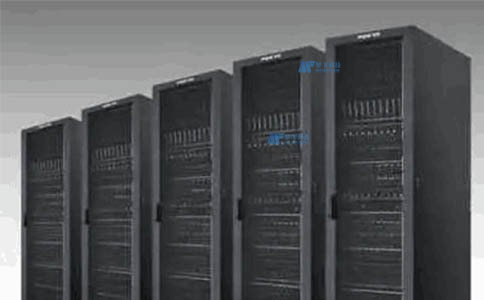Whether you're a developer, business owner, or website administrator, server performance is crucial. It directly impacts website load times, data processing capabilities, and user experience. Therefore, optimizing your rented server's performance is an essential concern for anyone managing a server. In this article, we'll share five practical tips to help you make your rented server run faster and more reliably.

1. Choose the Right Server Configuration
First, you need to select the appropriate server configuration. Different needs require different setups. For example, large-scale websites need more processing power, more memory, and larger storage. If your server configuration is too low, upgrading the hardware or choosing a more powerful server might be a clear solution to improve performance.
- Processor (CPU): Choose a multi-core, high-frequency CPU for significantly faster data processing speeds.
- Memory (RAM): Adding more memory can speed up data access and prevent the server from slowing down due to insufficient memory.
- Storage (SSD vs. HDD): SSDs have much faster read/write speeds compared to traditional HDDs, so choosing SSDs can dramatically boost server performance.
2. Optimize Server Software and Operating System
Optimizing software is equally important. Outdated software versions can negatively impact server performance, and unnecessary background processes can consume system resources. Regularly updating your operating system and applications, removing unnecessary services, and cleaning up unnecessary cache can significantly enhance server response times and stability.
- Regularly update OS and software: Install security patches and performance updates on time.
- Turn off unnecessary services: Prevent unnecessary background processes from consuming server resources.
3. Use a CDN to Accelerate Content Delivery
If your website has a global user base, using a CDN (Content Delivery Network) can cache static content on servers located closer to users worldwide, reducing the load on your original server. CDN acceleration not only improves user access speed but also helps distribute server load and reduce bandwidth strain.
- Improve page load speeds: By caching content on CDN nodes closer to users, response times are quicker.
- Lighten the server load: By offloading static resources to a CDN, the original server’s bandwidth pressure is reduced.
4. Load Balancing to Distribute Requests
For high-traffic applications or websites, load balancing is a critical technology. Load balancing distributes traffic across multiple servers, preventing any single server from being overloaded with traffic, thus improving overall server performance and website stability.
- Horizontal scaling: Add more servers to handle increased traffic load.
- Intelligent load balancing: Dynamically adjust traffic distribution based on request type or server performance.
5. Optimize Database Performance
Database performance directly affects website responsiveness and processing capability. For applications that frequently access databases, optimizing the database is key to enhancing server performance. The following tips can significantly improve database efficiency:
- Database indexing optimization: Improve query performance and reduce query times by applying proper indexing.
- Caching: Use caching to store frequently accessed data, reducing load on the database.
- Database sharding: Split the database into smaller, more manageable sections to boost read/write efficiency.

Conclusion
Improving rented server performance is not an overnight task; it requires a comprehensive approach, including proper hardware configuration, software and OS optimization, acceleration techniques, load balancing, and database optimization. By implementing these five tips, you can significantly boost your server's efficiency, ensuring fast response times and stable operation for your website or application. Continually optimizing server performance will not only enhance the user experience but also contribute to the overall success of your business!
